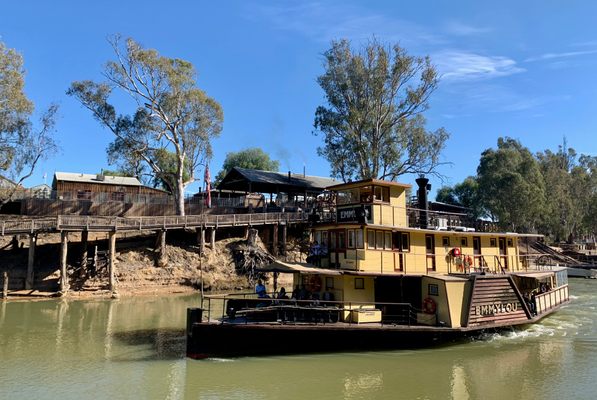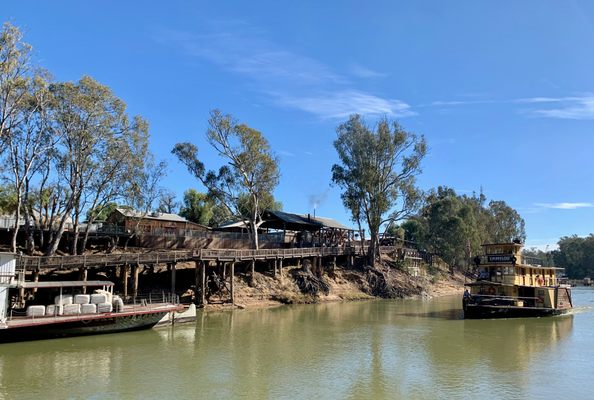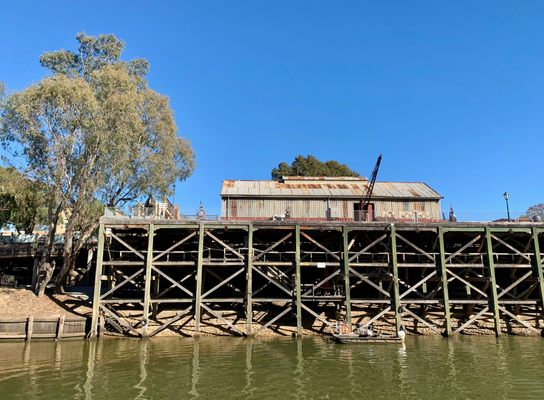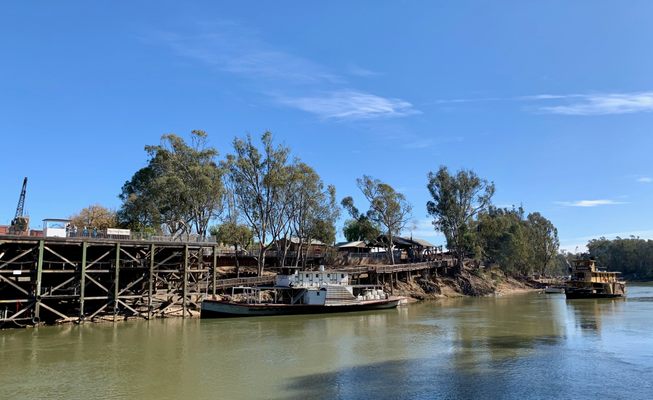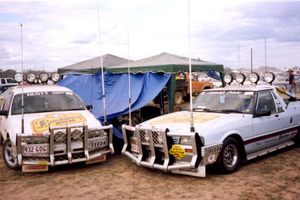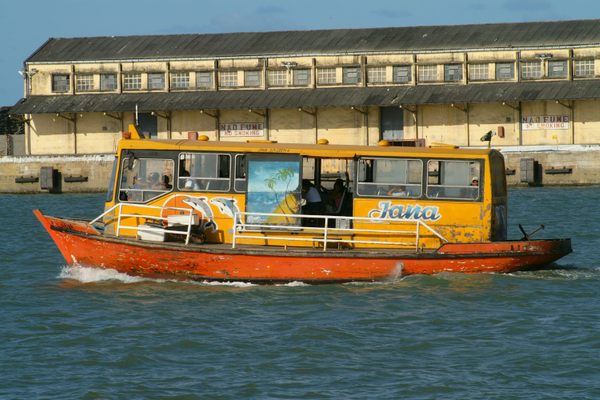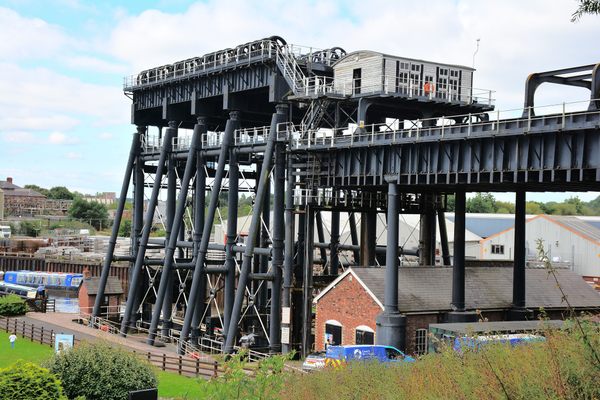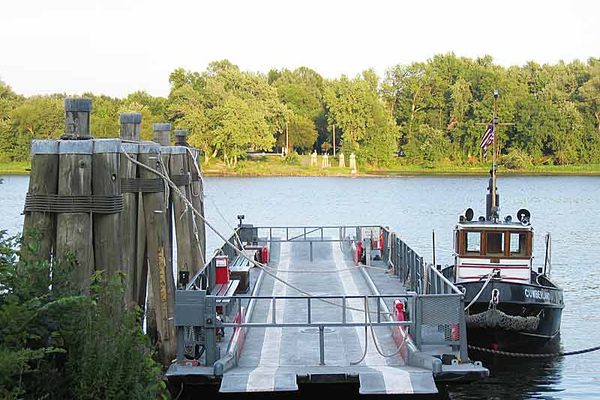About
Echuca Wharf is a relic of Australian history, lying in the town of Echuca in rural Victoria. The wharf lies on the Murray River, which splits the states of New South Wales and Victoria. A place that would once have been considered to be in the middle of nowhere, was thrust into action in the 1800s.
In 1864, the Echuca Wharf was built around the same time as the Echuca to Melbourne railway line. The wharf was constructed out of timber, and allowed for ships to dock and unload important goods, for example wood for construction, wool and livestock. Much of this would then be transported by train to the city of Melbourne that was thriving at the time (and still is!).
By the 1870s, Echuca had become Australia’s largest inland port. Paddle steamers had taken over the river and hydraulic machinery would be used to haul goods up from the river onto the wharf. At one point it was documented that Echuca had over a hundred pubs and hotels, as well as a brothel to cater for all the thoroughfare.
As time passed, more modern methods took over for transport of cargo and the practical significance of the wharf waned. Despite this, the wharf is still operational, and services tourist paddlesteamers which still function in the same way as they did all those years ago. The wharf was added to the Australian National Heritage List in 2007.
Related Tags
Know Before You Go
Its well worth a visit to Echuca and the surrounding area. There is plenty free parking near to the Wharf. You can book a tour, and also book cruises down the river on the paddlesteamers, some of them which have been refurbished after sinking to the bottom of the river! They still operate on the original source of coal and steam power.
Community Contributors
Added By
Published
July 20, 2021
